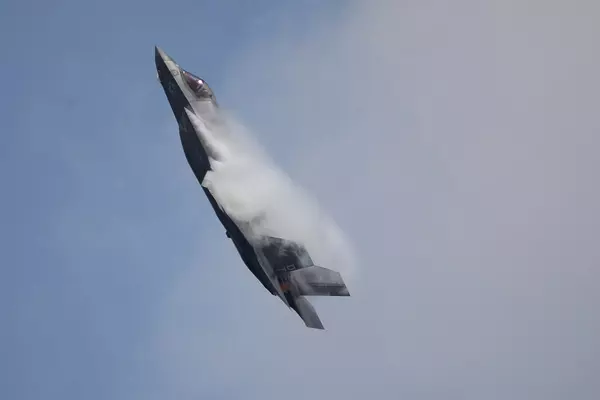How fast the universe is growing is a fundamental question we are trying to answer as we study it. It helps us understand how old the universe is, where we are going, and when we may get there.
We have known since the 1920s that the universe has been expanding. Edwin Hubble was able to use a certain type of star, called Cepheids, in other galaxies, and use them as an independent way to measure that distances to them.
Henriette Leavitt showed that Cepheids varied over time. She noticed the variations or pulses had a relationship between how bright they get and how long it takes to reach that brightness. This allowed them to be used as standard candles, an object whose intrinsic brightness is known and, therefore, a distance to it can be calculated.

Hubble used this and the redshift of the galaxy, the doppler effect for light. When you hear a police car or fire truck siren, you can hear the pitch change as it zooms past. Light does this as well, and by measuring the change, we can measure the speed the object is moving away from us. Hubble saw the galaxies further away were moving faster, implying the universe was expanding.
In recent projects, like the SH0ES project, we used Cepheids in nearby galaxies, and then by finding supernova in those same galaxies, a different standardisable candle that can be seen over further distances, have extended Hubble's measurement. We can also measure the speed of the universe much further away - in fact, the furthest point of the universe we can see. Called the cosmic microwave background, this is leftover light or radiation from the Big Bang, just 380,000 years after it.
The problem is that these two measurements, one nearby with supernova and Cepheid's, and one much further away, differ.
However, a new discovery by our team, led by Pat Kelly, can hopefully shed light on this debate. In 2014, we found a supernova, called SN Refsdal, which had multiple images, also called a lensed supernova.
So, instead of the Hubble Space Telescope seeing one supernova, there were five of them - quintuple vision. This is due to gravitational lensing - a prediction of Einstein's theory that tell us massive amounts of mass, and therefore gravity, like a large group of galaxies, can bend and magnify light.
Each appearance of the supernova took a different path through the universe. Imagine three trains leaving Melbourne headed for Sydney at the same time. They take different paths though, one goes directly to Sydney, the other goes via Canberra, and another via Wagga. They all leave and arrive at the same stations, but take different trips, meaning they will arrive at different times.
By looking at the arrival of each appearance of the supernova, with one them happening in 2015, we were able to measure the travel time, and therefore measure the growth of the universe.
This gave us a different, but unique measurement of the growth of the universe. While this does not solve the problem, it gives us another clue.
Like kids in the back of the car on a road trip asking "are we there yet", we don't know - as we don't know how fast we are going.
- Brad Tucker is an astrophysicist and cosmologist at Mt Stromlo Observatory and the National Centre for the Public Awareness of Science at the ANU.







